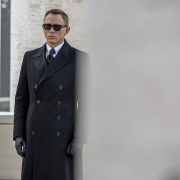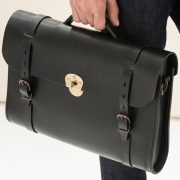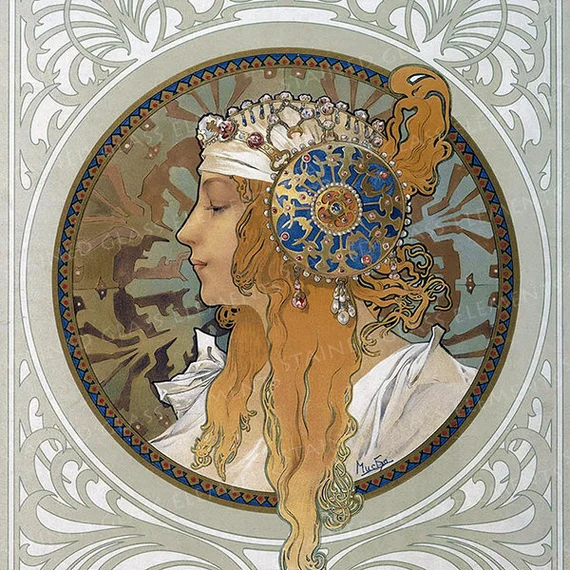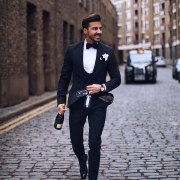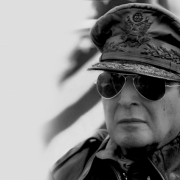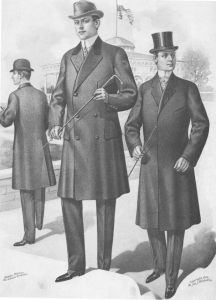
Most people just call it an overcoat, or in English; a Chesterfield or Crombie. They not only offer the wearer adequate protection from the elements, but also make you look good. However, there are differences. The fact is that the overcoat conveys a lot about the wearer. What is he wearing underneath?
Which model do you need? Which style suits you best? What fabric have you chosen? Personally, I wear several. With a centre placket, double-breasted, navy-blue, beige/camel and grey checkered. The materials range from a firm hard wool to a soft wool-cashmere blend, to even a full cashmere one. So let's take a closer look at the overcoat.
THE 'CROMBIE'
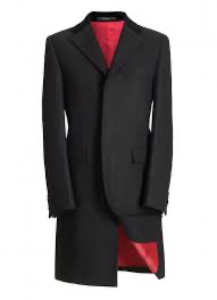
They are best known for their luxury overcoats. So much so that other brands use the name Crombie to refer to their own product line made in the same style: A ¾ overcoat, usually in wool. However, Crombie is known to be taking legal action against these practices and the generic use of their name.
Immediately recognisable is the Retro jacket: the most iconic of all time, and exclusively available at Crombie. The Retro takes its inspiration from the first men's overcoats and the stylish English topcoats, with an exceptional eye for detail. In a classic cut, with single overlap closure, it exudes tradition and elegant British timelessness.
Followers of this classic include Sir Winston Churchill, The Beatles, and Cary Grant. Available in a rich navy blue, or strong black, each jacket is carefully lined in red, and has a distinctive collar in black velvet. Classic and multifunctional, this Crombie icon, and therefore this style, is a favourite with heads of state and the classic movie stars of yesteryear.
THE 'CHESTERFIELD
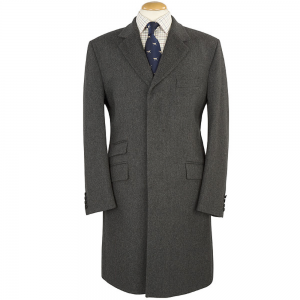
The Chesterfield appeared around 1840, along with the so-called "lounge suit", as an alternative to
the high-cut overcoats such as the frock overcoat, which was heavily fitted with horizontal seams and stitching. The Chesterfield has no horizontal seams or boning, but can still be elegantly shaped with side seams or figure seams.
It has a single or double-breasted fastening, and was popular in a variety of fabrics, typically the heavier tweed, in coal-grey or dark blue, and even the camel-coloured classic. It is often fitted with a velvet collar. These variants make it very multifunctional, such that it can be worn with a suit in the city, or even semi-formal, up to even sportier.
It was a trend-setter for stylish men in the 1920s to 1960s, and has been a classic for both men and women ever since.
THE COVERT COAT
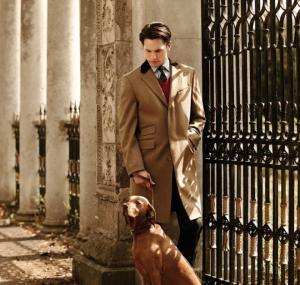
The covert coat is always single-breasted, middle closure so, lapels with notch, pockets with flaps. A ticket-pocket is optional. Typical is the stitching: 4 or 5 lines at the cuffs of the sleeves, and at the bottom of the jacket, on the hem. The collar is made of either covert fabric or rich velvet. The traditional colour varies from a light greenish beige, to an indulgent shade of green, but variants in rice and dark blue are equally common.
Variations were worn by George VI and Edward VIII, but equally by both Jason Statham and Stephen Graham in the 2000 crime comedy film Snatch. The covert coat received much media attention during the 2015 UK election, when it was worn by UKIP party leader Mr Nigel Farage
THE 'POLO COAT'
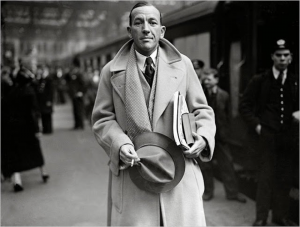
It is always available from Ralph Lauren, but not designed by him.
The polo coat was originally a coat with a belt. Eventually, it evolved into a double-breasted model with a button closure.
Before the 1st World War, polo arrived in the US and when players wore their jackets after matches, the polo coat was adopted by spectators and fashion leaders alike. In 1926, this camel-hair coat became especially popular among students at Princeton and Yale, and a few seasons later it had completely conquered the United States. By the end of the 1920s, almost every Ivy League undergrad had a Chesterfield and Polo Coat wardrobe.
Originally in camel hair, later a mixture with sheep's wool, because of its durability.
The terms "polo-coat" and "camel-coat" are therefore synonymous.
Raphaël van den Poel, former fashion consultant of Scapa, Reinhard Frans and Atelier NA tailored suits,
writes our weekly blog on gentleman matters. He writes for MYX Magazine, a Flemish luxury lifestyle platform.
He also has his own blog which you can read here: http://belgiandandy.blogspot.com
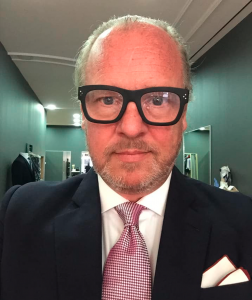
Raphaël van den Poel, The Belgian Dandy


